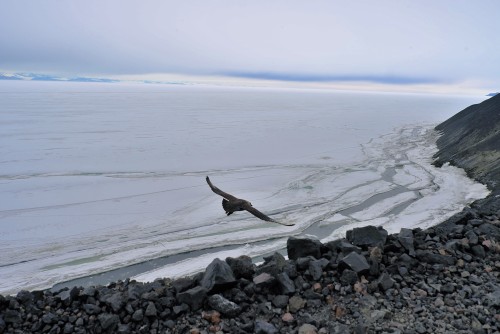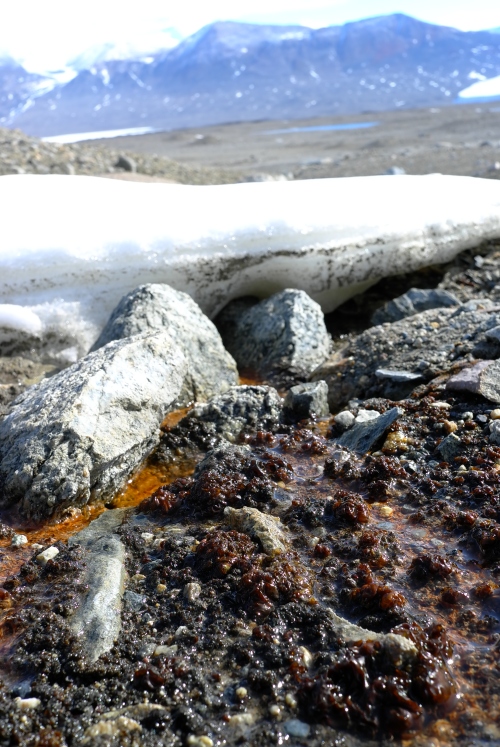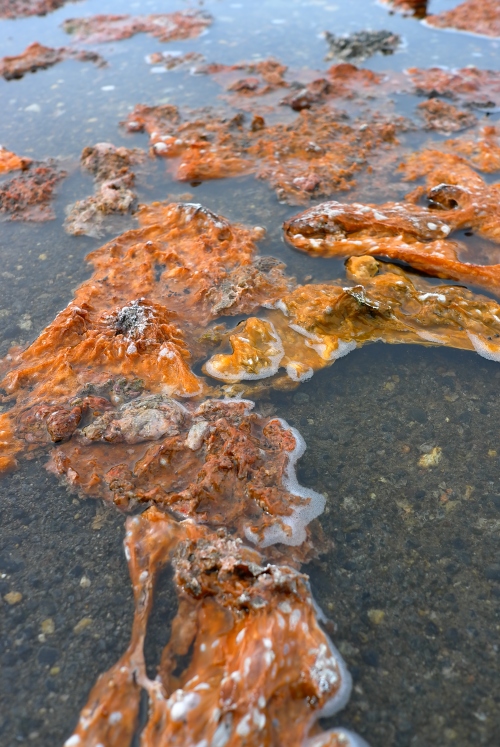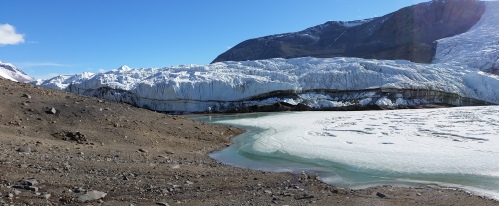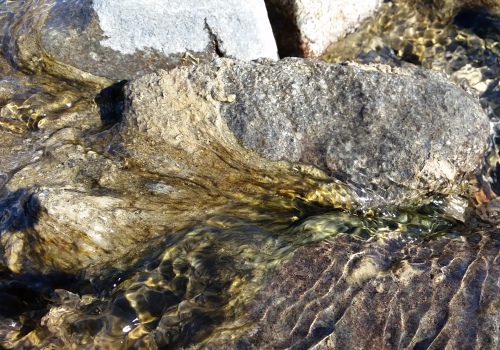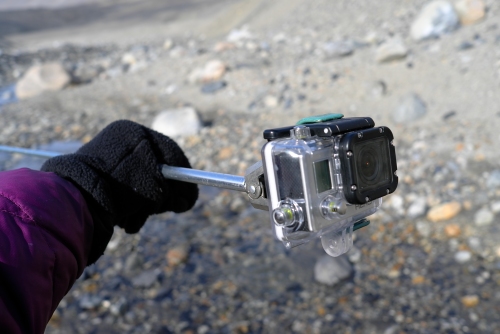Welcome to Part 2 of our Special Edition Q & A
Thanks to the inquisitive minds of Windsor VT middle school students, we’ve received a whole new supply of Antarctic questions!
1. What does “avoiding skuas training” look like?
Well, unfortunately it probably sounds way more exciting than it actually was! We didn’t get to practice dodging flying objects, nor did we take turns role-playing an angry Skua (although someone should probably suggest these things for next year). Instead, Skua-avoidance was just discussed as part of our “general safety training”, where they basically told us that these birds will attack if they get the sense you are carrying food. So to avoid giving them that sense, we have to make sure we don’t waltz out of the cafeteria so preoccupied with stuffing cookies in our mouths that we’re oblivious to the giant hungry gull soaring towards our heads. (Yes, we’ve actually witnessed this). Skuas seem to really enjoy taking people by surprise, so our best defense is keeping food hidden and one eye to the sky.
2. Do certain colors mean different things about the plants, such as dying or living?
Great question. Even though it’s a cold dry desert, we see lots of colorful life out here…but most of it is pretty small in size and close to the ground or water. There are no shrubs, trees, leafy or flowering plants, but there are lots of species of mosses, lichens, algae, and bacteria that thrive in these harsh conditions. And these are the types of organisms creating the colorful patches we see near ponds and stream-beds. It’s pretty tricky to tell which are alive or dead because each type has a different set of pigments that give it that unique color. Sometimes these colors can be a little counter-intuitive – where we live in the Northeastern US, we usually see brown, black or orange leaves that die and fall off the tree each fall. But out here there are species that regularly grow with those colors! We see bright orange microbial mats that line the bottom of streams and ponds like a thick carpet. There are dark black leafy mats that look like crusty dead matter, but are actually alive. Some of these organisms grow in very shallow water which makes them extra exposed to sunlight and UV-radiation. This can damaging to them, just like it is to us. So to combat this they make special pigments that act as sunscreen, protecting them from the constant bright light of summer months. And sometimes even the dried and shriveled-up material at the side of streams are actually specially adapted to survive total dryness, so they may come back to life in the presence of water!
3. Do different color plants (besides green) have chlorophyll?
This is actually one of the reasons microbial mats are so unique and interesting! The mats we mentioned earlier are built like a sandwich with multiple layers, and each layer contains different kinds of bacteria and pigments. These allow them to maximize their growth even when conditions in the environment change – for example, mats often have protective sunscreen pigments on the top layer (where they’re more exposed to solar radiation), and chlorophyll or other pigments tucked away in the lower layers (more protected from harmful UV radiation). So often when you flip over a bright orange mat, you may actually see bits of green underneath. In fact, some bacteria will actually move up and down within the mat, which may be a way for them to escape intense solar radiation during certain times of year.
4. How is it able to get sunlight through the ice? And do plants in Antarctica have special adaptations to help them grow?
Yes, ice can definitely reduce the amount of light entering the water. If the ice is thin and clear and the water is shallow enough, organisms with specialized light gathering pigments can still absorb enough to perform photosynthesis. But anything living underwater in Antarctica has to deal with drastic extremes in light (from total darkness in winter and under ice, to ultra high light in shallow ponds in summer). Plus, many water bodies are frozen all the way to the bottom in the winter, freezing these complex underwater structures in place. So to deal with these challenges they have lots of special strategies, such as producing cold-shock and anti-freeze proteins that protect them when the water around them freezes, or using specialized pigments that work extra-efficiently under low-light conditions.
5. What is the reason why microbes have certain colors?
The color of microbes is due to the different colored substances inside the cells. Each substance absorbs and reflects different wavelengths of light, and we see the colors reflected. Chlorophyll reflects green light and absorbs the other colors, giving plants their green color. Cyanobacteria are unique because they perform photosynthesis much like plants. These bacteria got their name because they have special pigment called “phycocyanin”, and this gives them that blueish-green color. But bacteria also use pigments for functions other than photosynthesis, like protection against UV or antioxidant activity.
6. Do micro organisms affect the color of the streams?
Good question –actually any bits of material in the water can affect the stream color as they absorb and reflect light. Often when large amounts of bacteria are healthy and growing they can cause water to look brown or green, although this happens a little less in streams where the water is constantly moving. But in lakes and ponds during the summer this can be dramatic – have you ever seen the water turn green in lakes near you? Because the water is very cold and often nutrient-poor, streams and lakes in Antarctica tend to be pretty clear water. But if you look at the bottoms of water bodies down it’s a different story – that’s where all the colorful mats and microbes hang out.
7. Why do the microbial leaf mats look like rocks?
Mats come in a wide range of shapes, colors, and sizes. I think some resemble leaves, others definitely look like rocks, there are flat mats that cover the sediment like a big shag carpet, and there are strange tubes that grow vertically like underwater towers. It’s not clear exactly why each of these has such a unique shape and growth pattern, but most likely they all position themselves in a way that maximizes their ability to do things like absorb nutrients and light in their environment. The result is pretty elaborate!

A view of one of many small melt-water ponds in the Miers Valley (can you spot all the orange mats?)
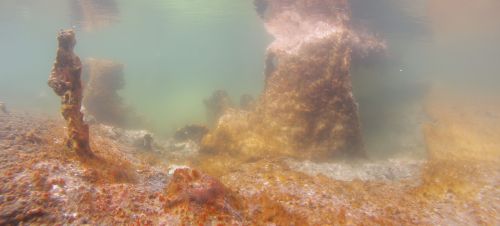
Then, just under the surface of that same pond you get a new perspective – thick mats completely take over, covering the sediments, growing in all dimensions, and creating an underwater microbial city.
8. Do you need a special camera to take underwater pictures?
Yes! I use a GoPro with a waterproof case to take underwater footage. And since the water is very cold, I try to mount the camera onto a long rod so that my whole arm doesn’t go numb in the process!
